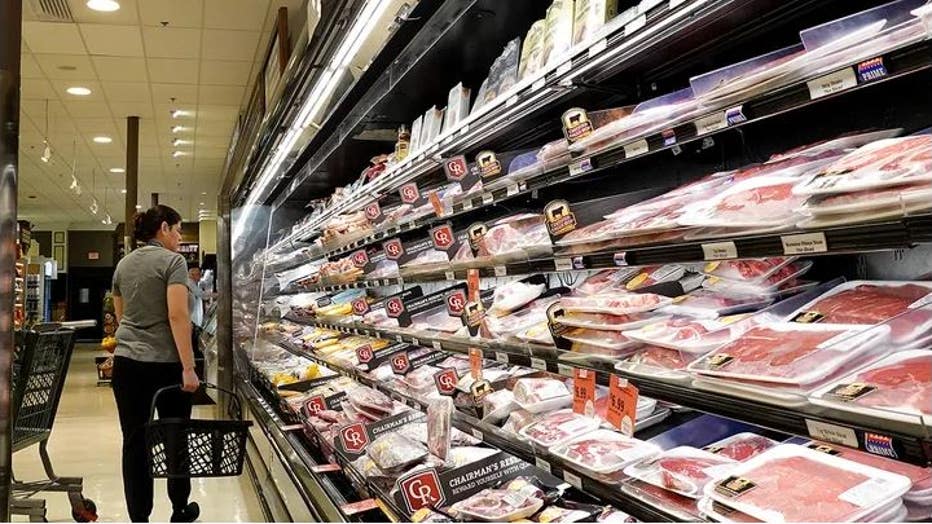Record number of 401(k) hardship withdrawals seen in 2022 amid cost-of-living crunch
A record-breaking number of Americans are making emergency withdrawals from their 401(k) retirement plans in order to cover a financial emergency as high inflation rages, according to new data from Vanguard Group.
About 2.8% of workers participating in employer-sponsored 401(k) plans made a so-called "hardship" withdrawal in 2022, according to data from Vanguard, which tracks about 5 million accounts. That marks a major increase from the 2% rate recorded before the pandemic began and is also up from the 2.1% reading in 2021.
The Wall Street Journal first reported the news.
Fiona Greig, global head of investor research and policy at Vanguard, said the high number of withdrawals is "evidence that some families may be feeling the pinch and drawing on their 401(k) balances to relieve that financial stress."
MORE AMERICANS GETTING A SECOND JOB AS HIGH INFLATION RAGES
Hardship withdrawals allow workers to tap their 401(k) for an "immediate and heavy financial need."
Individuals who make these types of withdrawals owe income tax on the money and could be hit with a 10% early withdrawal fee if they are under the age of 59½. However, the penalty can be waived if workers provide adequate evidence that the money is being used for a qualified hardship, such as a medical expense.

The Bureau of Labor Statistics is expected to release August consumer price index figures on Sept. 13, 2022. (Photo by Joe Raedle/Getty Images) / Getty Images)
A person who takes a hardship withdrawal also cannot pay it back to their 401(k), and cannot roll that money into another retirement savings account.
The increase in workers tapping their 401(k)s for emergency purposes comes as they confront stubbornly high inflation that has rapidly eroded their purchasing power.
The government reported last month that the consumer price index, a broad measure of the price for goods including gasoline, groceries and rents, rose 6.5% in December compared with the previous year. Although the gauge fell 0.1% over the course of the month, it remains about three times higher than the pre-pandemic average.
When accounting for inflation, average hourly earnings for all employees actually declined by 1.7% in December from the same month a year ago.
Americans are increasingly relying on their savings and racking up credit card debt in order to pay for necessities. The personal savings rate jumped in December to 3.4% as households pulled back on spending amid a cloudy economic outlook, the Commerce Department reported last week. On top of that, household debt rose during the third quarter at the fastest clip since 2008, with credit card balances jumping by 15%, Fed data showed.
Get updates on this story from FOX Business

